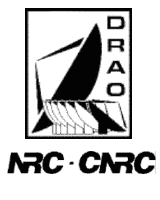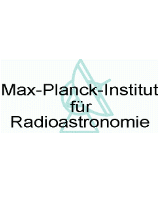
 The
Low-Resolution DRAO Survey of Polarized Emission at 1.4 GHz
The
Low-Resolution DRAO Survey of Polarized Emission at 1.4 GHz
-
A New Polarization Survey of the Northern Sky -
Max-Planck Institut für Radioastronomie, Bonn, Germany
Dominion Radio Astrophysical Observatory, Penticton, Canada
Dominion Radio Astrophysical Observatory, Penticton, Canada